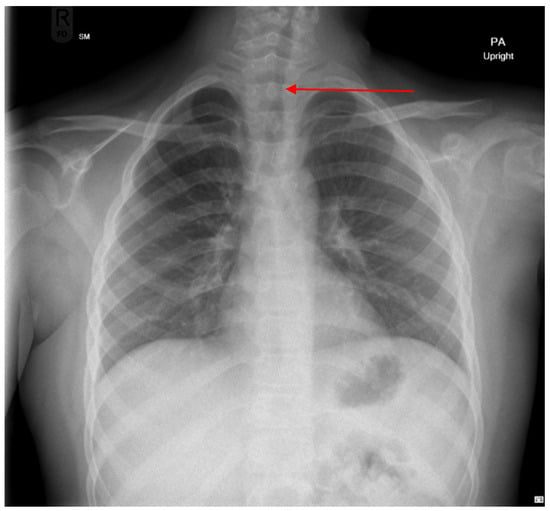Recent Advances and Critical Issues in Pediatrics: a Collection of Feature Papers
A topical collection in Pediatric Reports (ISSN 2036-7503).
Viewed by 4555Editors
Interests: antineoplastic combined chemotherapy protocols; precursor cell lymphoblastic leukemia–lymphoma; DNA mutational analysis; Down syndrome; survival analysis; combined modality therapy; histiocytosis; Langerhans cell; cellular cytotoxicity; acute lymphoblastic leukemia; rare diseases; hospital management
Special Issues, Collections and Topics in MDPI journals
Interests: pediatrics; hepatology; nutrition
Special Issues, Collections and Topics in MDPI journals
Interests: liver; gastroenterology; obesity; children; interplay GI/nutrition and liver disease
Special Issues, Collections and Topics in MDPI journals
Topical Collection Information
Dear Colleagues,
Pediatric subspecialties play an essential role in improving children’s health outcomes by providing very specific care. Over the last several years, there has been unprecedented progress reported in all subspecialities due to a better understanding of disease pathomechanisms and the availability of new diagnostic and preventive/therapeutic solutions.
Considering this, the purpose of this Special Issue devoted to feature papers is to gather key information on the state-of-the-art insights that have opened up innovative avenues for the medical management of infants, children, and adolescents in all pediatric subspecialties. Overall, this Special Issue provides an excellent opportunity to explore the latest research and practice directions and, at the same time, focus on previously unaddressed critical issues.
Scholars in a variety of disciplines that fall under the scope of this Special Issue are encouraged to submit high-quality papers that showcase the most recent advancements within their own field of study regarding prevention, diagnosis, and treatment in acute and chronic pediatric diseases. This Special Issue will therefore represent a useful resource for clinicians and scientists, providing them with the most pertinent new information.
We also welcome both narrative and systematic reviews on topics within the field of pediatric subspecialties. Areas of study may include, but are not limited to, the following: allergies and immunology; cardiology; endocrinology; gastroenterology/hepatology/nutrition; hematology/oncology; infectious diseases; inherited metabolic diseases; neonatology; nephrology; neurology; obesity; pulmonology; rheumatology; and the transition from the pediatric to adult healthcare system.
We look forward to receiving your contributions.
Dr. Claudia Mandato
Dr. Maurizio Aricò
Prof. Dr. Pietro Vajro
Collection Editors
Manuscript Submission Information
Manuscripts should be submitted online at www.mdpi.com by registering and logging in to this website. Once you are registered, click here to go to the submission form. Manuscripts can be submitted until the deadline. All submissions that pass pre-check are peer-reviewed. Accepted papers will be published continuously in the journal (as soon as accepted) and will be listed together on the collection website. Research articles, review articles as well as short communications are invited. For planned papers, a title and short abstract (about 250 words) can be sent to the Editorial Office for assessment.
Submitted manuscripts should not have been published previously, nor be under consideration for publication elsewhere (except conference proceedings papers). All manuscripts are thoroughly refereed through a single-blind peer-review process. A guide for authors and other relevant information for submission of manuscripts is available on the Instructions for Authors page. Pediatric Reports is an international peer-reviewed open access semimonthly journal published by MDPI.
Please visit the Instructions for Authors page before submitting a manuscript. The Article Processing Charge (APC) for publication in this open access journal is 1600 CHF (Swiss Francs). Submitted papers should be well formatted and use good English. Authors may use MDPI's English editing service prior to publication or during author revisions.
Keywords
- pediatric subspecialties
- pediatric patients management
- diagnostic and preventive/therapeutic solutions











